Mulberries in Serbia
The first time I was in Belgrade, Vanja and I got up at 5 in the morning: jet lag. We snuck out of the apartment and went for a walk around the neighbourhood of Benillll. The streets were still, and quiet. The trash was piled high waiting for early morning pick up. A row of shoes were neatly set beside the trash: an offering to the gypsies who are often scrounging through the garbage. I wanted to wait to see them pick them up, but was encouraged to walk on more. The gardens were overgrown and completely unkempt, or immaculate and stunning. No in between. Lace curtains were gently billowing as they covered open doorways to keep out the bugs and let in the cool night air: the summer evenings are hot, hot, hot. I was tempted to sneak up the steps and pull back a curtain to investigate each little home along out way. The awakening of the dawn, and Vanja’s shaking head, kept me at bay. We ventured down a side road and greeted an elderly woman on her porch above us, polishing her shoes. Across the street we decided to turn around when something plopped down beside me, then another hit me gently on the head. On the street, around my feet everywhere were giant cloudy white looking raspberries. Look! What are these, Vanja? I picked a perfect one off of the grass sparkling crystal in the morning light. What could it be? Can I taste it? Yes, of course! It is a dud from the Dud Tree.
I gingerly put it to my lips and took a taste. Oh, my heavens. Like the purest clean air; like spring water, but plump with wetness and some sweet. This fruit thrilled me. It had no taste, yet the taste was unforgettable. It was not bland, but not distinct. The raspberry-like texture and the cool sweetness was like manna from the heavens. Angel fruit. What is it? Why had I never heard of it? Why was it left to rot on the ground and why does it not sell at the Farmer’s Markets? I didn’t have my camera that morning, and then it rained for the next few days, and when we returned, the fruit were gone. Done. Over. And the next trip, the tree was cut down.
Where could I find one? What are they? Well, this time, we found a translating dictionary that told me it was a Mulberry Tree, Mulberry Trees can produce fruit that is white to shares of red, purple, and black. We found a black mulberry tree behind the apartment building. I was so thrilled to see it, and learn more. My nephew, Vanja, took me to it.
The research told me the leaves are eaten by silk worms, but that this tree is often seen as a “œweed tree” though the purple fruit are exceptionally nutritious and full of anti-oxidants, few use them. This one did not taste nice. It was a fruit I would leave to rot, sadly, before I found out how valuable they are nutritionally.
But my problem is solved. Now I know what it is, yet want to still find a white one. Interestingly, these are not fruit. They are engorged flowers! The trees can live hundreds of years and are important landmarks to the locals. Oh, where is my white Mulberry tree?
This is such a gorgeous “œberry” flower, isn’t it? You can only imagine how spectacular a find it was to come upon a white one that tasted like a gift from the angels. Maybe yet, I will come across another.







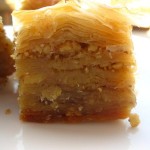
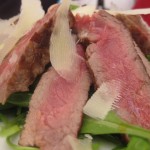
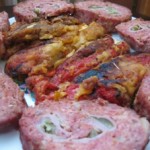
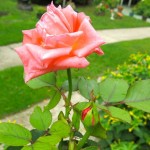
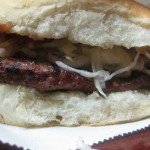
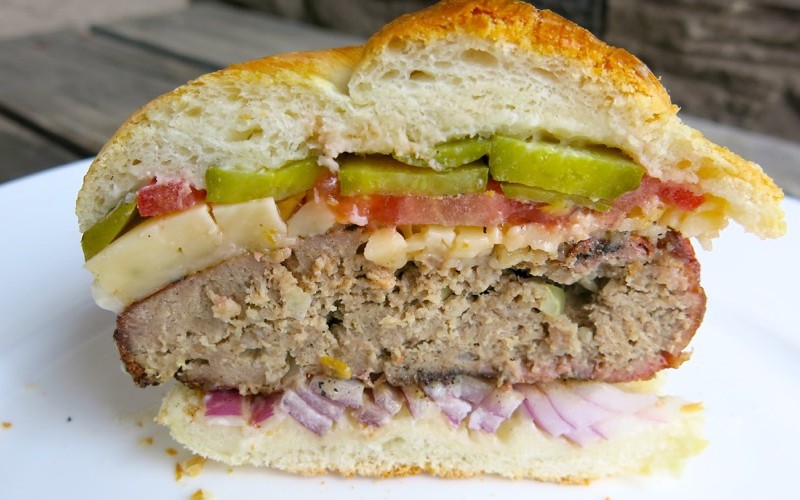





These trees are also found where my family’s house in Macedonia is located. I’m not sure how many species of this tree there are and how they differ, but what I know is that they are white before they become fully ripe. So, they go from white, to a kind of pink/lavender to a dark purple as seen in your pictures!
Leona!
There are actually three main kinds in the area and some stay white forever. They are more rare and incredibly delicious!
🙂
Valerie